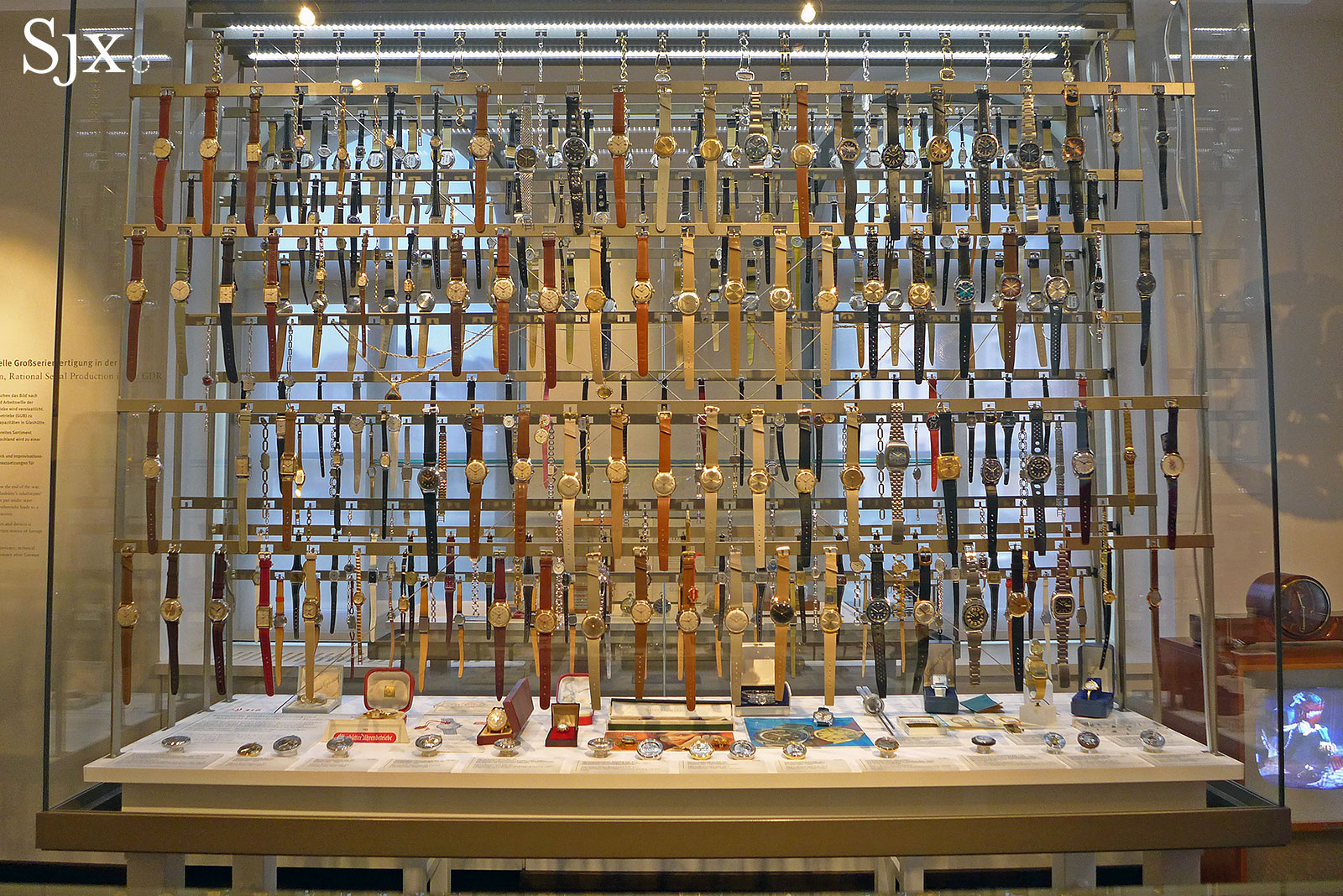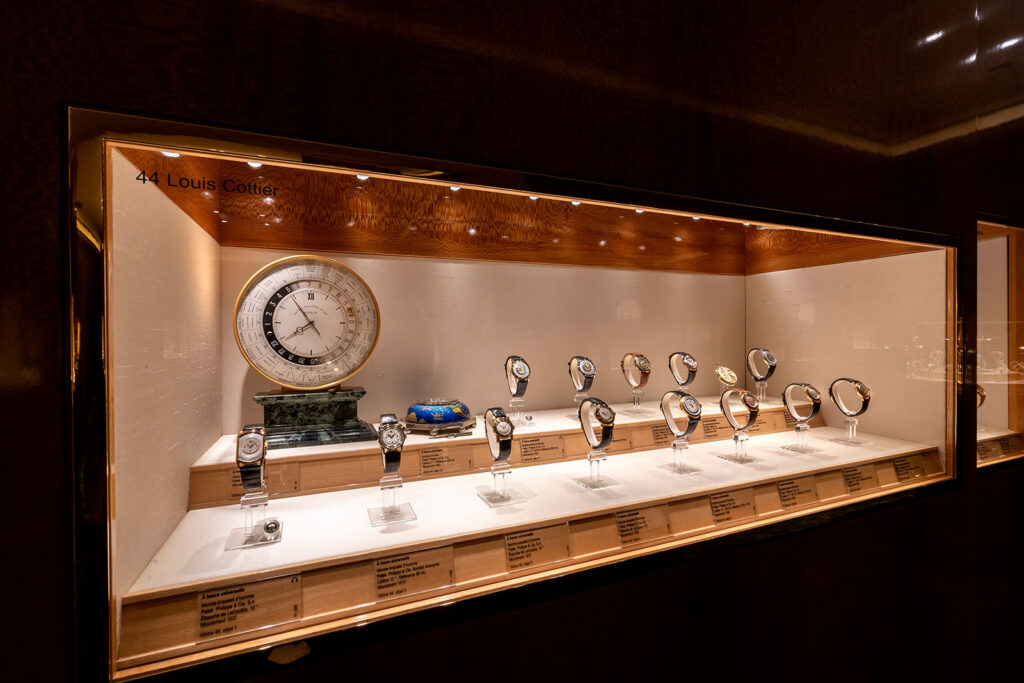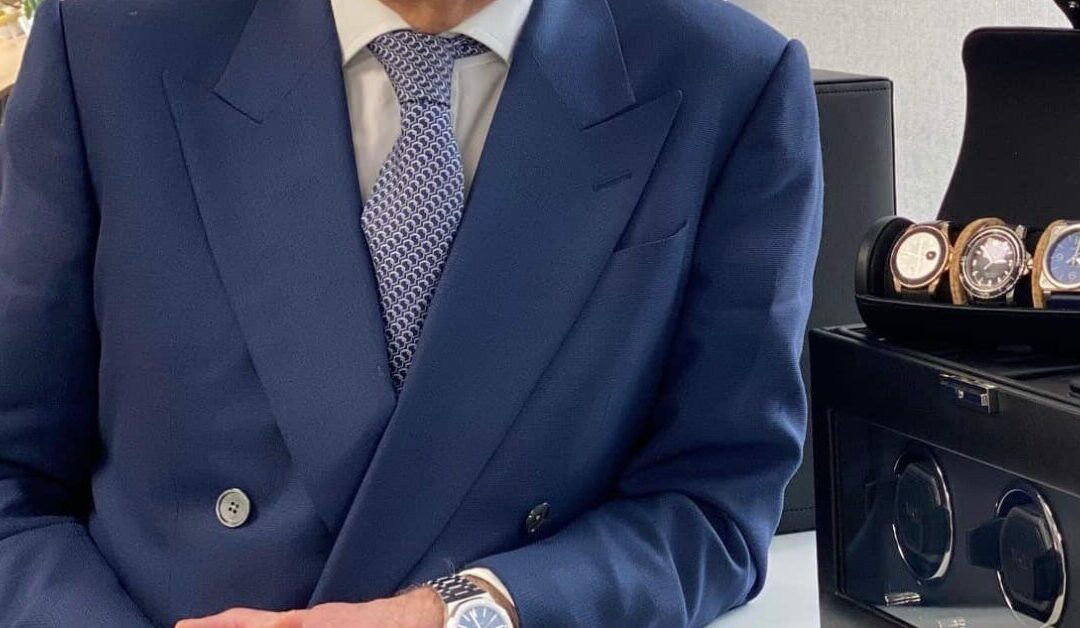In the world of horology, where time is both a measure and an art form, watch museums stand as guardians of the past, preserving the legacy of horological history for generations to come. These hallowed institutions play a vital role in showcasing the evolution of timekeeping, celebrating the craftsmanship of master watchmakers, and educating enthusiasts about the rich heritage that defines the art of watchmaking.
Watch museums take visitors on a captivating journey through time, offering glimpses into the fascinating world of horological evolution. Step inside these temples of time, and you’ll find yourself surrounded by an array of horological marvels, each one telling a story of innovation and craftsmanship.
From ancient sundials and early pocket watches to modern complications and innovative timekeeping technologies, these museums showcase the remarkable advancements that have shaped the art of watchmaking over centuries.

Through carefully curated exhibitions, watch museums guide visitors through the annals of horological history. Each display is a testament to the ingenuity and skill of master watchmakers who dedicated their lives to perfecting the art of timekeeping.
The exhibits feature iconic timepieces that define an era, providing insights into the cultural, social, and technological contexts in which they were created. These showcases not only offer a glimpse into the past but also serve as reminders of the timeless beauty and enduring appeal of horological craftsmanship.
Watch museums serve as tributes to the master watchmakers whose vision and skill have shaped the horological landscape. As you wander through the galleries, you’ll encounter timepieces crafted by legendary figures such as Abraham-Louis Breguet, Thomas Mudge, and Ferdinand Adolph Lange.
These exhibits pay homage to the pioneers whose innovations continue to inspire contemporary watchmakers. By showcasing their creations, watch museums ensure that the legacies of these exceptional craftsmen endure, allowing visitors to appreciate their contributions to horological history.
Beyond celebrating individual watchmakers, museums also highlight technical excellence in the world of watchmaking. Complications such as tourbillons, perpetual calendars, minute repeaters, and chronographs are showcased, illustrating the exceptional engineering and craftsmanship required to create these intricate timepieces.

Visitors can marvel at the intricate mechanisms and appreciate the innovation behind these complications. It’s a chance to witness firsthand the culmination of human ingenuity and expertise, gaining a deeper appreciation for the technical mastery that defines high-end horology.
Watch museums play a crucial role in educating the public about the art and science of watchmaking. Guided tours offer immersive experiences, where knowledgeable guides provide insights into the intricacies of watch construction, the art of dial making, and the delicate process of assembling movements.
Visitors can witness skilled artisans meticulously hand-finishing components and learn about the significance of different horological materials. Museums also offer opportunities for watch enthusiasts and aspiring watchmakers to delve deeper into the technical aspects of timekeeping through specialized programs and workshops.
These educational resources ensure the preservation and dissemination of horological knowledge, keeping the flame of craftsmanship burning bright for future generations.

By showcasing the beauty and artistry of timepieces, watch museums inspire future generations of watchmakers and enthusiasts. The history, craftsmanship, and innovation on display spark curiosity and ignite a passion for the world of horology.
Young minds are encouraged to explore the intricacies of watchmaking, fostering a new generation of craftsmen who will carry forward the traditions and push the boundaries of the craft. Museums provide a source of inspiration, encouraging creativity and an appreciation for the meticulous work that goes into creating these miniature mechanical marvels.
Watch museums are not mere repositories of horological artifacts; they are living testimonies to the rich history and enduring artistry of watchmaking. Through their exhibits and educational initiatives, they honor the legacy of master watchmakers, celebrate the technical excellence that defines the craft, and inspire a new generation of horological enthusiasts and craftsmen.
These museums serve as bridges between the past and the present, ensuring that the stories and innovations of horological history are preserved for future generations. With their invaluable contributions, watch museums play a crucial role in preserving the past, defining the present, and inspiring the future of horological excellence.

